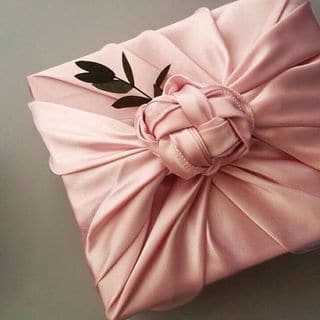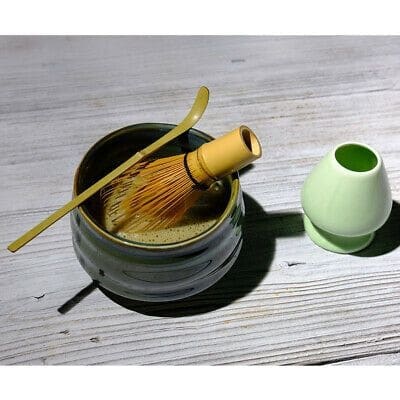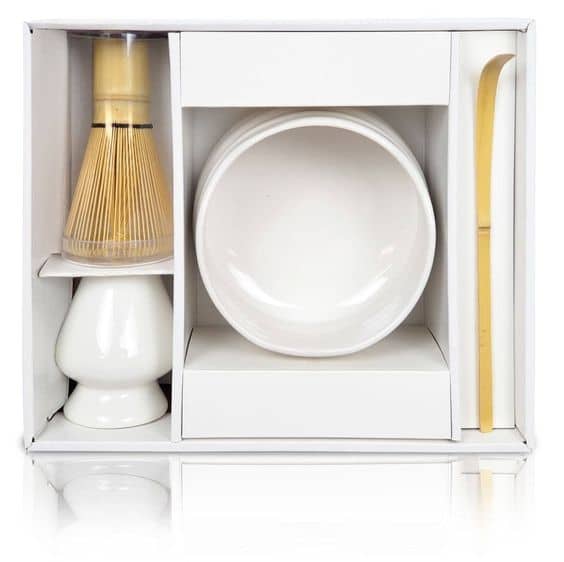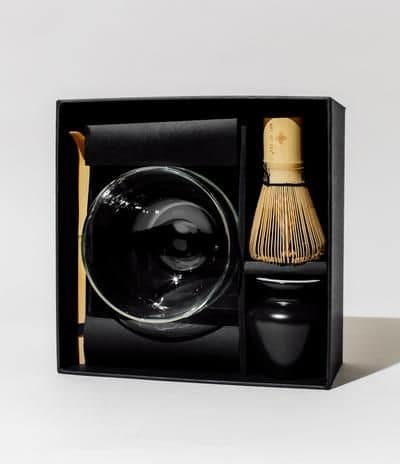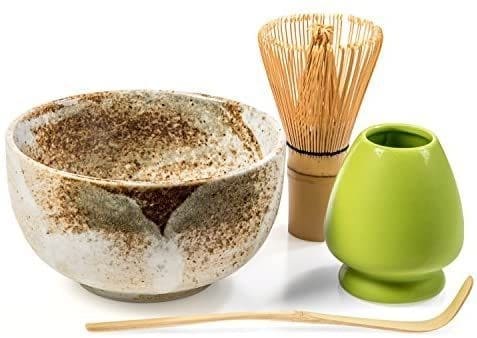Tea plays a role in various rituals and social activities. In many cultures, tea is not only brewed for its taste, but is also an expression of aesthetic art. Therefore, when choosing a teapot, one may forget to consider its practical use.
When choosing a teapot, some people choose based solely on its beauty and ease of use. But in reality, we need to consider whether the pot will be used for brewing loose leaf tea or tea bags, or simply for pouring hot water into a teacup for whisking matcha powder. Beyond its intended purpose, teapots can be made from a variety of materials, including stone, clay, glass, cast iron, silver, and stainless steel. Each material affects the flavor of the tea and is suited to different types of tea.
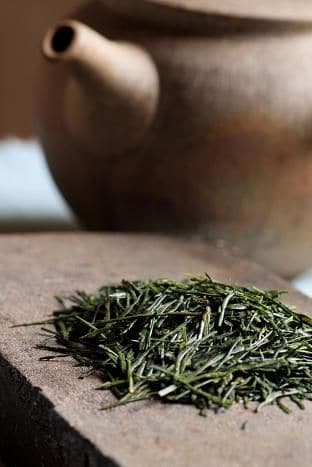
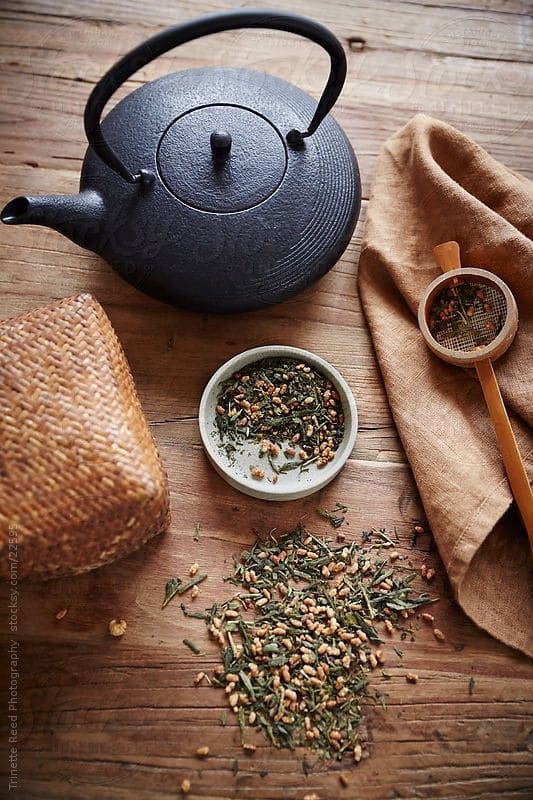
If you want to brew loose leaf tea , it is important to check the strainer that comes with the teapot. Otherwise, tea leaves may leak out when pouring, ruining the taste of the tea.
If it’s a “porcelain” teapot, it’s a high-quality, opaque white pottery fired at high temperatures. Porcelain teapots are good for mild teas such as green tea, oolong tea, and light black tea, as well as Darjeeling tea. If it’s a “cast iron” teapot, cast iron is used to make vessels for boiling water over a fire because the iron heats up quickly and retains heat well once the desired temperature is reached. The use of iron teapots for casting tea pots arose around the time that sencha began to gain popularity in Japan.
Cast iron teapots have similar properties to unglazed clay teapots in that they absorb some of the tea’s flavors, so cast iron teapots should not be washed with dishwashing liquid and should be thoroughly dried to prevent rust.
Another common type of teapot is the “ glass” teapot. This material is not ideal for teapots because it has poor heat retention, is easily soiled, and is fragile. It is ideal for brewing beautiful teas, especially blooming teas, where you can see the leaves unfolding beautifully. You also know if your tea is strong enough, and glass teapots often come with a warmer that you can place a candle in the bottom to keep the tea warm.
“Clay” teapots: The higher the temperature, the stronger the pottery will be. This type of teapot will retain heat better than other types. Naturally, unglazed pottery made from porous clay allows the tea to better absorb the aroma and flavor of the tea in the pot. However, a tip for using unglazed pottery is to avoid using dishwashing liquid because it will absorb the flavor of the dishwashing liquid. Rinse with cold water to make sure no tea leaves remain and let it dry.
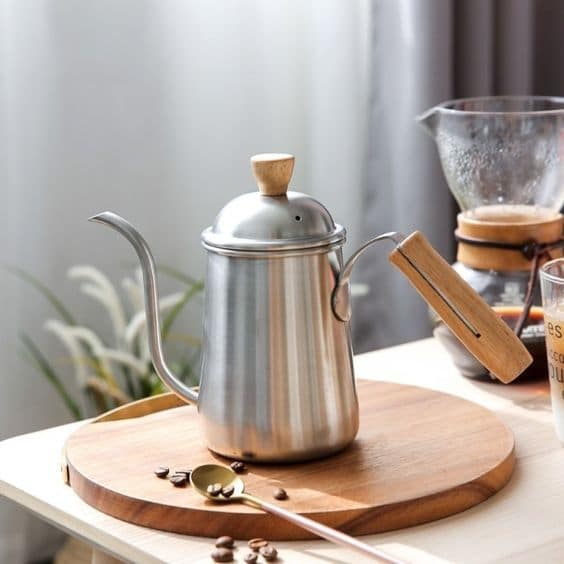
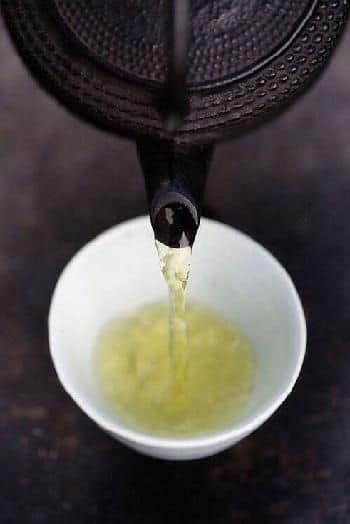
The teapots used in Japanese tea ceremonies are chosen to reflect the time of year or occasion. The design of the teapot and other tea accessories symbolizes the changing seasons from spring to autumn.
However, making delicious tea doesn’t depend solely on the teapot. A good teapot should be lightweight, retain heat, and drip-free when pouring. When tilting the pot back, the water must stop immediately, preventing the table from dripping. The lid must be secure enough so that when pouring tea, the lid doesn’t fall off. Some ceramic teapots are very heavy, making it difficult to control the amount of water poured out. They also don’t retain heat.
The temperature of the hot water is very important when brewing tea. You should choose the right one for each type of tea. For white tea or green tea that requires freshness, you should use hot water around 85 degrees Celsius, for oolong tea around 90 degrees Celsius, for red tea or puerh tea around 100 degrees Celsius.
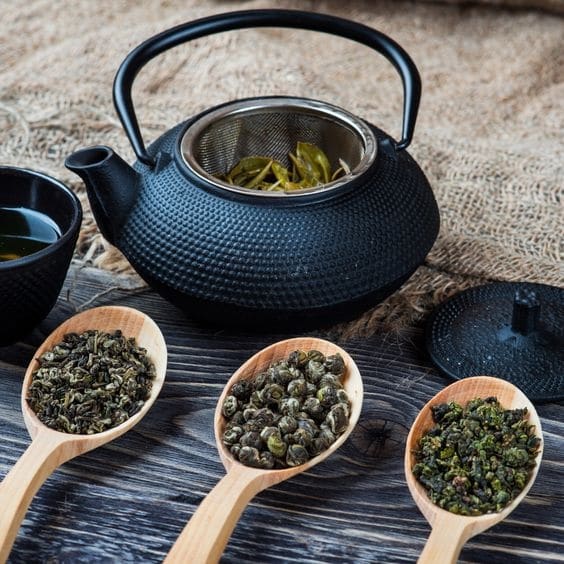
Another essential tip is to preheat the tea brewing equipment by scalding it with hot water. This is a small detail that shouldn’t be overlooked. Even if the water has been boiled to the right temperature for brewing tea, if the teapot and cups are still cold, the temperature will drop when hot water is poured in, preventing the tea from fully extracting its flavor.
Source
https://www.pinterest.com/pin/337066353331099228/
Article from: Fuwafuwa

